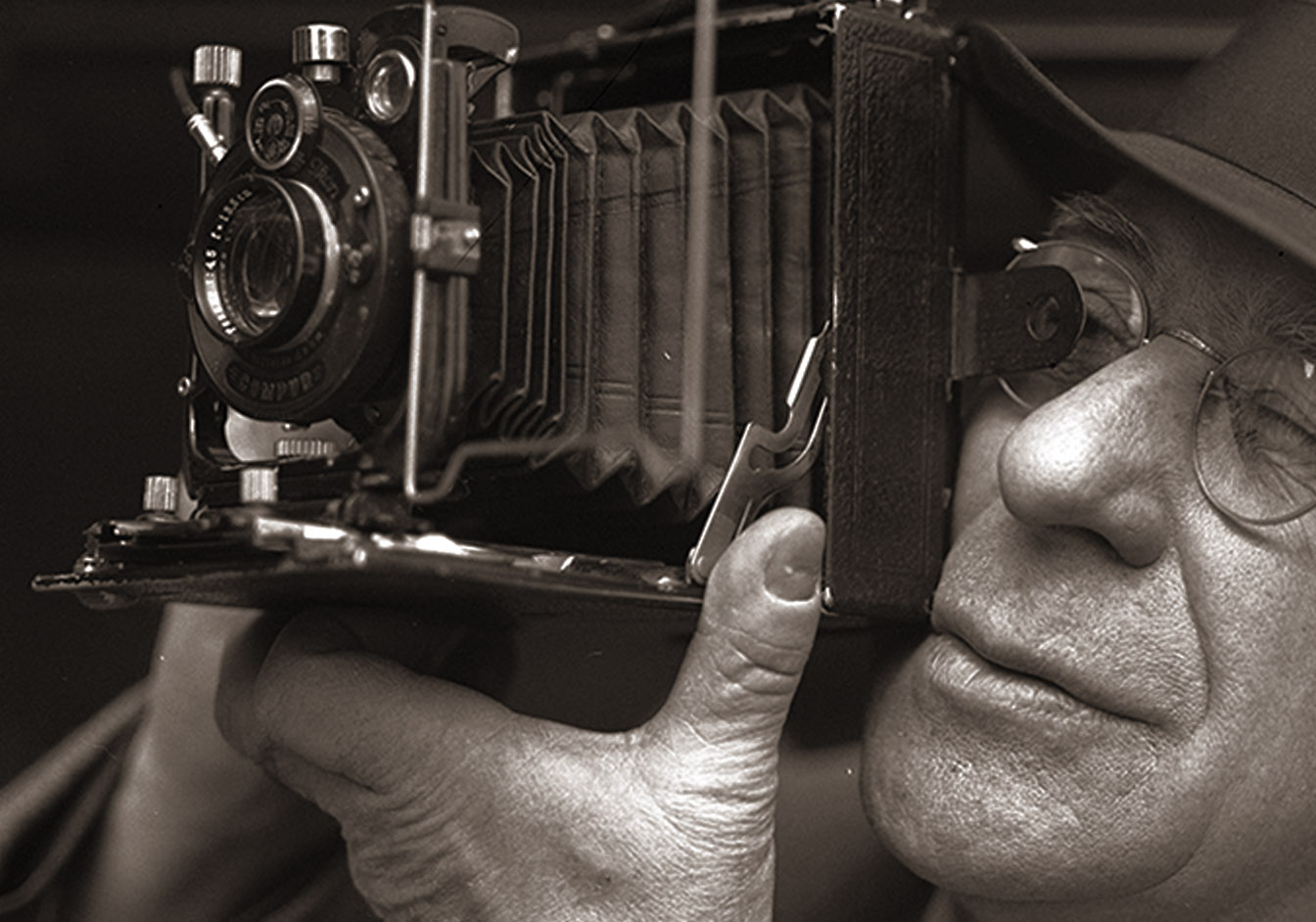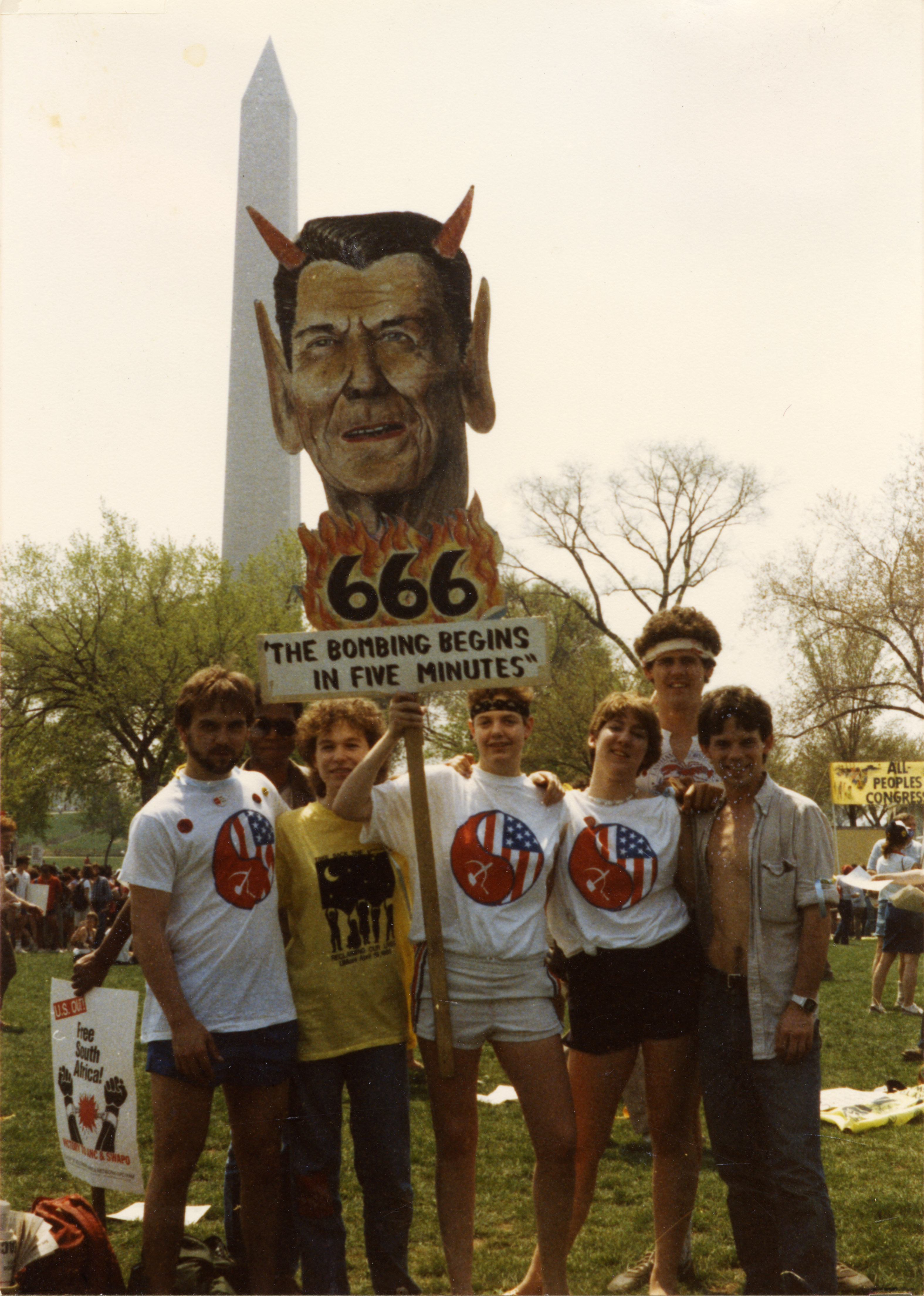MFA Program for Poets and Writers (University of Massachusetts Amherst) Collection
One of the oldest programs of its kind in the country, the MFA Program for Poets and Writers at UMass Amherst was established by the poet Joseph Langland in 1963, offering students an opportunity for intensive focus on their creative work. Unlike the Iowa Writers Workshop, where Langland had studied, students in the UMass program were required to take coursework outside of writing workshops. Over its first fifty years, the program has grown into one of the top ten in the nation and its graduates and faculty have been recognized with awards from the Pulitzer to the National Book Award, Pushcart Prize, the PEN/Faulkner Award, and US Poet Laureate.
The MFA collection contains a growing body of work from students, alumni, and faculty affiliated with the Program for Poets and Writers at UMass Amherst. Among the hundreds of volumes are novels, collections of short stories, plays, and poetry, including a large number of chapbooks and small press imprints.


